
This logo isn't an ad or affiliate link. It's an organization that shares in our mission, and empowered the authors to share their insights in Byte form.
Rumie vets Bytes for compliance with our
Standards.
The organization is responsible for the completeness and reliability of the content.
Learn more
about how Rumie works with partners.
You're in the middle of class, trying to stay focused. Before you know it, your eyes get droopy, and all of a sudden, you wake up like this:
 Are you losing interest? Are you staring at the clock, wanting for class to be over?
Are you losing interest? Are you staring at the clock, wanting for class to be over?
You can enhance your learning experience to avoid this situation. Creating a routine, participating in active learning, reaching out to your teachers, and collaborating with your classmates can make all the difference!
Integrate these 4 strategies for effective learning into your studies!
#1: Create a routine
A routineis a set of actions and behaviors that happen every day. Creating a routine for yourself is an effective strategy for learning because it will help you stay organized and maximize your attention toward a specific task. These routines include a school day routine and a study routine. What can these routines look like?
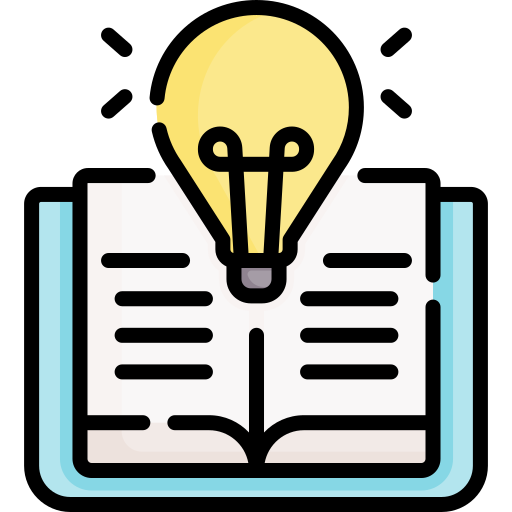
A school day routine can look like this:
Come to class on time: Avoid being late by setting up an alarm that will give you enough time to get to school.
Put your devices away: Set aside your phone or laptop to minimize distractions.
Set up everything before class starts: Have all materials (pencil, notebook) ready before the bell rings so you are prepared for the lesson.
A study routine can look like this:
Create a study schedule: Commit to a study schedule so that you regularly practice the material. For example, you can dedicate time to study chemistry every Tuesday after school from 3:30-4:30 PM.
Organize notes: Make it a habit to review your notes after class to refresh your memory and see what you're still stuck on. This can help you figure out what you need to ask for help with.
#2: Learn actively
Active learning engages you in the material beyond taking notes. This means discussing ideas, solving problems, and applying what you've learned. Active learning shows that you're paying attention and thinking deeply about the material.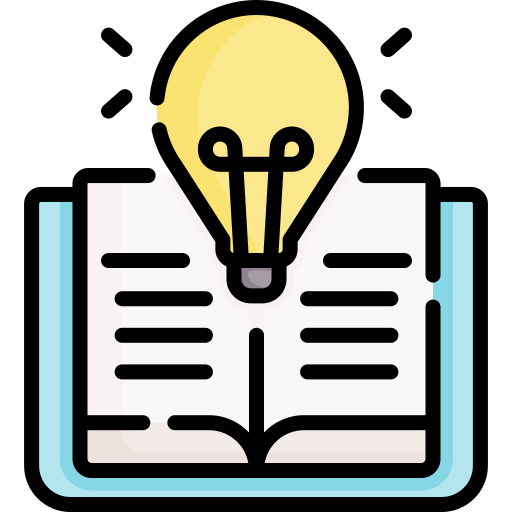 What does active learning look like?
What does active learning look like?
Asking questions: Ask for clarifications and examples to understand the material better. You can also provide hypothetical scenarios to put your ideas to the test, such as: "I know that plants need water to survive. If I change the pH of the water, will it affect its ability to survive?"
Collaborating: Work with your classmates on group discussions and projects. You can also reach out to them outside of class to study together.
Teaching the material to others: Practice teaching the material to someone else. If you can explain the material well, you know you have a strong understanding of it.
Applying what you learned to the real world: Connect what you've learned to your everyday life. This helps you put the material in context and see how it works in the real world. For example, if you're learning about percentages in math class, see if you can calculate prices when there's a sale.
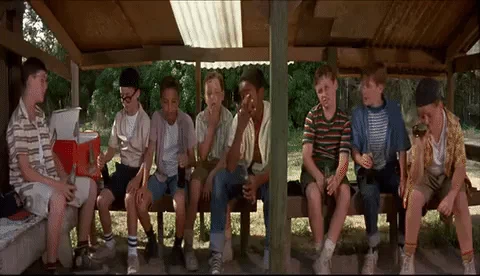
Learning actively will enhance your learning as it encourages you to think independently and show your understanding of the material in different ways.
Active learning is effective because when you apply and communicate what you know in various ways, you go beyond memorization. You have the opportunity to test new ideas and share your thoughts with others.
#3: Reach out to your teacher
It's important to reach out when you need support or clarification. Open communication is an effective strategy for learning because it lets your teacher know how you're progressing so that they can provide the resources and support you need to succeed. 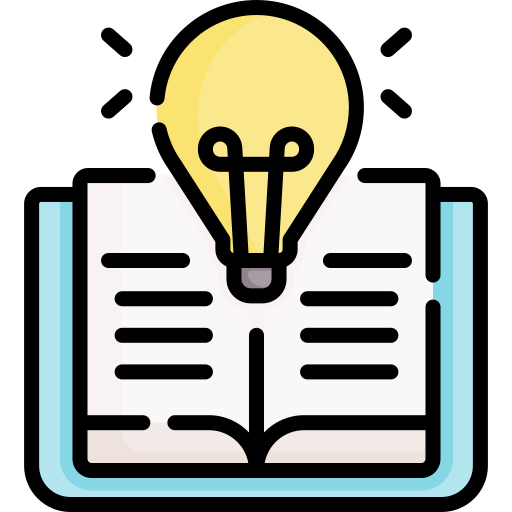 What are the benefits of reaching out to the teacher? You can...
What are the benefits of reaching out to the teacher? You can...
Ask for help: If you're stuck on something, reaching out and asking questions will clarify your understanding of the material. Your teacher may provide additional resources or tutoring to support you.
Ask for challenges: If you feel ready to take it to the next level, you can ask for extra credit or how the material applies to the real world. Teachers love to see their students dive deeper into the content!
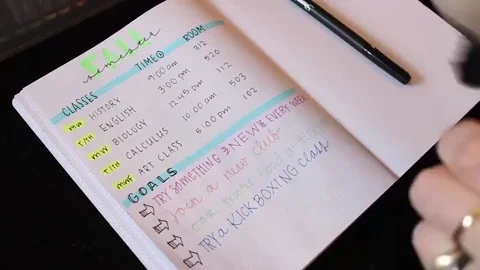
#4: Collaborate with your classmates
Collaboration is an opportunity for you to share what you know with others. According to Cornell University, the benefits of learning collaboratively include exposing you to different ideas, helping you think more critically by sharing and explaining what you know, and building your confidence in the material.
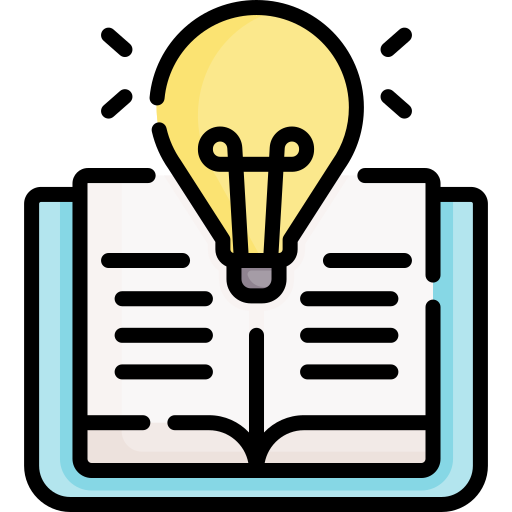
You can work with your peers in and out of the classroom by:
Studying the material together so you can ask each other questions
Collaborating in group projects and class activities
Teaching the material to each other to see how well you know the content
Collaboration is an effective learning strategy, as you learn a lot more than content from your peers, such as teamwork and organization. Working with others increases communication and problem-solving skills as you practice breaking down information to reach a goal.
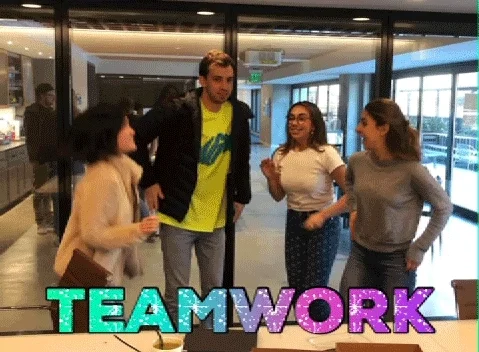
Quiz: School Assignment
You, Marie, Kyle, and Linh are the last students who need partners for a reading assignment. The goal of the assignment is to write and present a report about a character's motivations in a story.
You tend to get distracted in class. You also prefer speaking and presenting the material.
Of the students below, who would you best be able to collaborate with?

Marie
Known to be chatty
Prefers researching and writing
Tends to miss class a lot

Linh
Usually works independently
Prefers speaking and presenting
Reads at an accelerated level
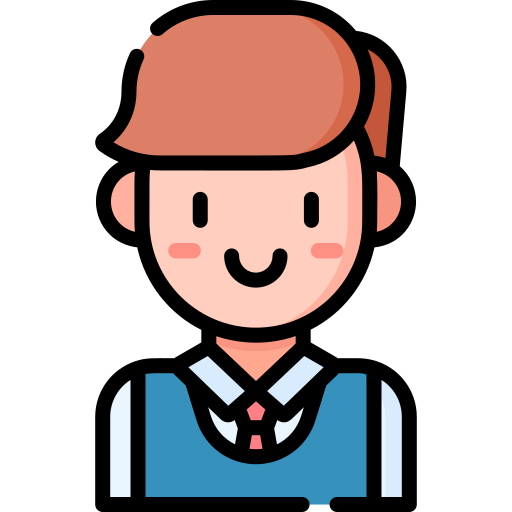
Kyle
An English language learner
Prefers researching and writing
Often takes leadership roles
Quiz
Which student would work best for you to pair with?
You would work best with Kyle. Since he prefers researching and writing the material, you two can balance your strengths in this assignment. As he often takes leadership roles, you know that you'll stay on task and complete the assignment on time and correctly. Marie may not be your best choice, as she is chatty and can distract you from the assignment. She has also missed a lot of classes, which means she may not be able to contribute as much to the assignment. Linh is a close choice, but because you both share strengths in speaking and presenting the information, there may be an issue in deciding who would do the research and writing portion of the assignment.
Take Action
When you're part of the learning experience — not just memorizing information — you create meaning for yourself!
Establishing a routine, learning actively, reaching out to your teachers, and collaborating with your classmates are smart moves that can make the learning process more effective, engaging, and meaningful for you. Ready to make the most out of the next lesson?
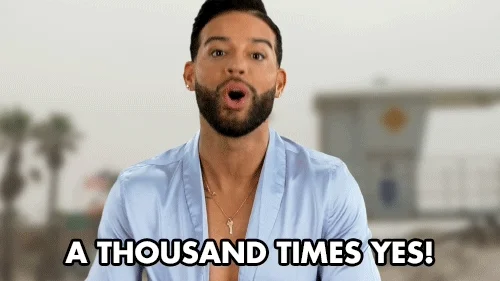 Use these techniques to enhance your learning:
Use these techniques to enhance your learning:
This Byte has been authored by
Emily Nguy
Science Teacher
